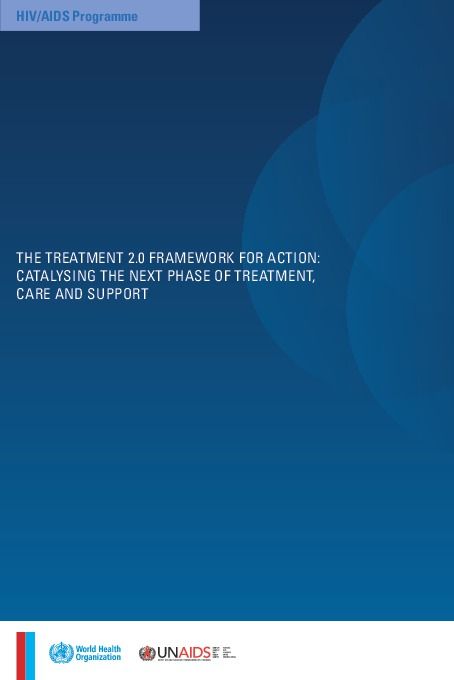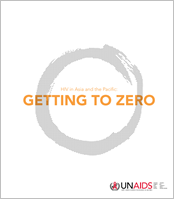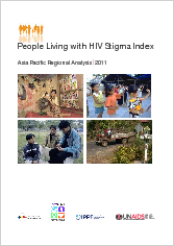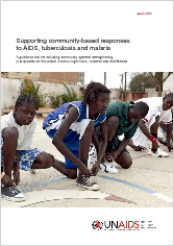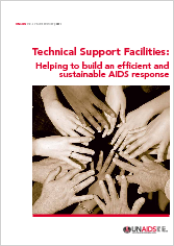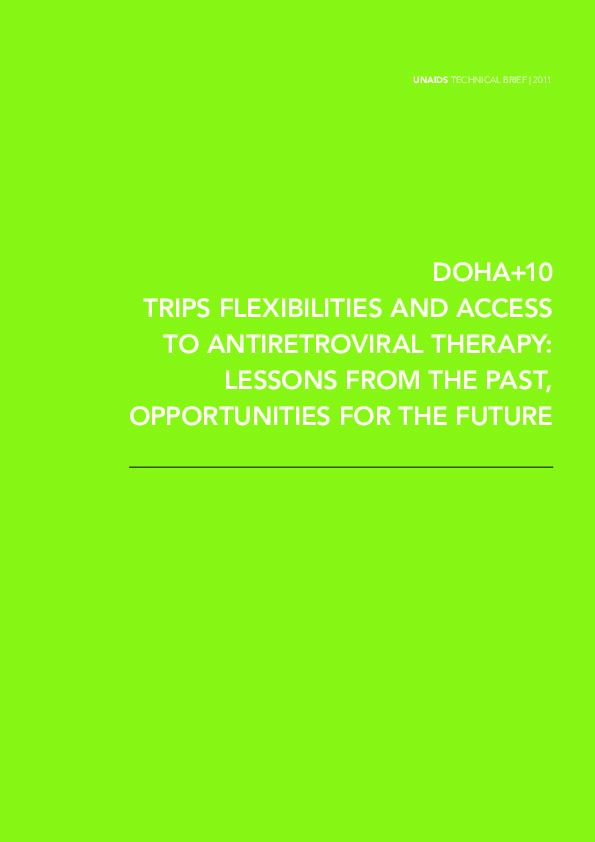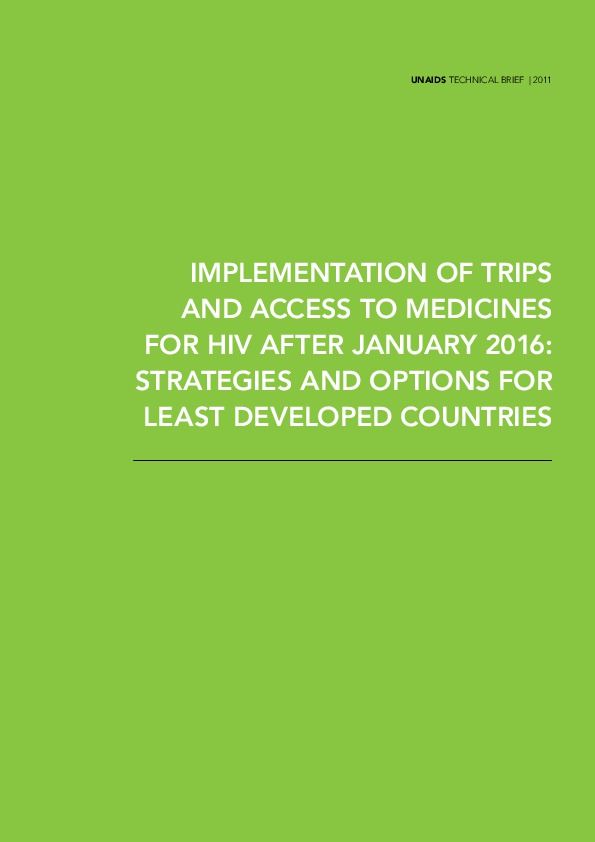Documents
HIV in Asia and the Pacific: Getting to zero
26 August 2011
This report provides the most up to date information on the HIV epidemic in the region in 2011. While the region has seen impressive gains—including a 20% drop in new HIV infections since 2001 and a three-fold increase in access to antiretroviral therapy since 2006—progress is threatened by an inadequate focus on key populations at higher risk of HIV infection and insufficient funding from both domestic and international sources.
Documents
People Living with HIV Stigma Index: Asia Pacific Regional Analysis 2011
29 August 2011
This report provides findings from the rollout of the People Living with HIV Stigma Index (PLHIV Stigma Index) in nine countries in Asia and the Pacific (Bangladesh, Cambodia, China, Fiji, Myanmar, Pakistan, Philippines, Sri Lanka, Thailand). It provides the first large-scale regional comparison of standardized human immunodeficiency virus (HIV)-related stigma indicators. The findings and interpretation represent an extraordinary effort by people living with HIV, organizations of people living with HIV, and supporting domestic and international agencies.
Documents
A guidance tool for including community systems strengthening in proposals for the Global Fund to Fight AIDS, Tuberculosis and Malaria
20 September 2011
There is general agreement that strong community participation in the response to HIV, tuberculosis (TB) and malaria is essential to controlling these epidemics. In the AIDS response, community-based organizations (CBOs) and other NGOs have played a critical role. They have been key providers of prevention, treatment, care and support services and have worked to create the social, political, legal and financial environment needed to effectively respond to the epidemic
Documents
Technical Support Facilities: Helping to build an efficient and sustainable AIDS response
28 October 2011
This report highlights the role that the Technical Support Facilities (TSF) have played in Africa and Asia to strengthen countries capacities to fund, plan, manage and coordinate effective, larger scale HIV programs. Established by UNAIDS in 2005, the TSFs have provided support to over 70 countries through 50,000 days of technical assistance and capacity development.
Documents
DOHA+10 TRIPS flexibilities and access to antiretroviral therapy: lessons from the past, opportunities for the future
18 November 2011
The transformation of HIV from almost certain death to a chronic condition for many people living with HIV in low- and middle-income countries is a significant public health achievement. By the end of 2010, 6.6 million people in low- and middle-income countries – 47% of the total number eligible – had access to antiretroviral therapy. This represents a dramatic increase from the 300,000 (2.7% of those eligible) on antiretroviral therapy in 2002.
Documents
UNAIDS 2011 World AIDS Day report
21 November 2011
A new report by the Joint United Nations Programme on HIV/AIDS (UNAIDS), released on 21 November, shows that 2011 was a game changing year for the AIDS response with unprecedented progress in science, political leadership and results. The report also shows that new HIV infections and AIDS-related deaths have fallen to the lowest levels since the peak of the epidemic.
Documents
Implementation of TRIPS and Access to Medicines for HIV after January 2016: Strategies and Options for Least Developed Countries
22 November 2011
This document seeks to analyse how LDCs have utilized the 2016 extension to facilitate the production and access to HIV and other medicines for their populations; discuss what can be done to maximize the opportunities provided by the current extensions; describe the potential implications of LDCs having to implement the TRIPS Agreement with respect to pharmaceuticals and test data protection; fill the gaps in the understanding of the process for further extension of the transition period for pharmaceutical products; and provide recommendations on how LDCs should proceed to seek further extensions.
Documents
Global HIV/AIDS Response - Progress Report 2011
30 November 2011
Documents
UNAIDS Data Tables 2011
02 December 2011
The data tables describe in greater detail the progress being made against the HIV epidemic and the main challenges to achieving zero HIV infections and zero AIDS deaths. The data are drawn from country progress reports and will be updated regularly. This document reflects information found in the publication ‘Global HIV/AIDS response: epidemic update and health sector progress towards universal access: progress report 2011’, by UNAIDS, UNICEF and WHO.

